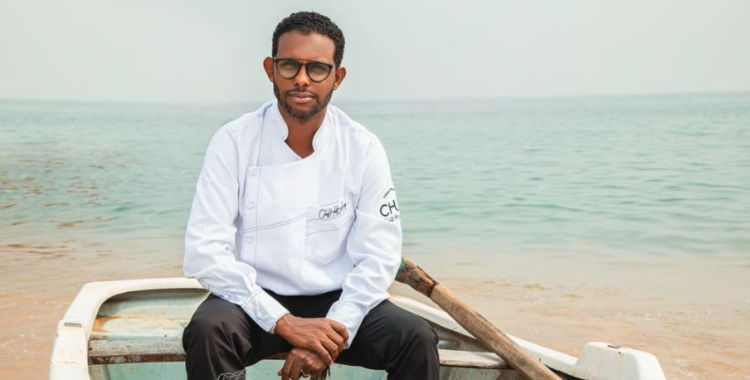The Ovina Yetu project ('our product/my thing', in the Umbundu language), which has a large team of specialists, started five months ago and has as a partner the Portuguese 'chef' João Rodrigues who, with his project Matéria, has also dedicated itself to mapping Portuguese producers and is committed to the consumption of what is national.
Of the results obtained in the preliminary investigation of the Ovina Yetu, the "discovery" of more than 1000 native products, divided into five categories: proteins (84), native herbs (664), seafood products (45), fruits (168 ) and insects (48).
Among these, Helt Araújo told Lusa that he knows "only about 350", reinforcing the idea that the history of Angolan gastronomy is yet to be written.
"We want to get to know the native products, try to understand what we have. We have suffered from acculturation and have forgotten our roots. As a cook, I have felt the need to rescue these products and present them in a different way to make known what is ours" , stated the mentor of the Ovina Yetu.
In the quest to research the DNA of Angolan gastronomy, the 'chef' gathered a team of researchers who, in recent months, have dedicated themselves to surveying the "state of the art", looking for what is written and published on the subject, 95 percent collected and counted by foreigners.
Helt Araújo stresses that there is a "gap" in history that needs to be filled, as much is known about the slaves who left Angola, but not about what they brought back when they returned, which is part of the evolution of national cuisine.
Catatos and 'pacas' (a kind of field mouse) are part of this inventory and Helt Araújo believes in the potential of these products, stating with regard to catato, a delicacy with great nutritional value and much appreciated in Angola, that "it can be a protein from the future".
Products that were already known at the time of Queen Njinga, an emblematic figure in Angolan history, who included them in some of her stories, but which do not captivate the tastes of the new, more urban generations, with little contact with the rural world.
"Today, a hamburger is more appealing than palm oil beans", a frequent accompaniment in Angolan dishes, notes Helt Araújo.
Having completed the "state of the art", the 'chef' wants to return to the terrain and intends to start a route that will take the members of the project to the 18 Angolan provinces, starting in October, starting in Lubango (capital of Huíla), the place with more content about products from the five categories.
The multidisciplinary 'taskforce' is already constituted and met to outline strategies about a week ago. Among Ovina Yetu's consultants are gastronomists and lifestyle specialists, such as Cláudio Silva and Lina Alberto ("Tia Lina"), biologist and former Minister of the Environment Adjani Costa, social scientists such as Rafael Marques and Isabel Fontes, food engineer Maria Alves or Laurinda Macedo, representative of one of the largest national fruit and vegetable producers (Nova Agrolíder) and linked to agronomy, or producer Sílvio Nascimento who will support the creation of audiovisual content.
"We were gathered to define the strategies, see what has already been done, what we are going to do next. Now we are going to do the fieldwork, we are going to the field to talk to the grandmothers, to investigate and catalog the products, to find out how they are used", advanced to Lusa.
"We have to know where we started from to project our future, to know how calulu (traditional dish) can enter modern gastronomy", he stressed.
Telling the story of gastronomy is also understanding why funge (cassava or corn flour porridge served as a side dish) is a meal that is traditionally eaten on Saturdays: "Because it was the day when families got together and they could make their own dishes. This marked our experience", explains the 'chef'.
Helt Araújo wants to use these products in his restaurants "to put the city's world in contact with the depths of Angola" and demystify the idea that "Angolan cuisine is heavy".
The objective is to make Angolan gastronomy "more appealing and competitive, awaken (the taste) for new flavors, new products" and find a new path for the history of national cuisine.
Helt Araújo also emphasized the importance of sustainability in this project because it is also necessary to respect the way in which it is produced.
"We want to learn and train people, share knowledge", he stressed, pointing to the production of "harmful" honey, which involves burning hives and which must be changed.
With Portuguese partner João Rodrigues, from the Matéria project, Helt Araújo hopes to get greater publicity for the Ovina Yetu and to bring specialists in other matters to Angola, such as mushrooms, a rich source of food in Moxico province.
"Haute cuisine is thirsty for new products", he concludes.







